Linear Attribution Model

Expert Writer
August 18, 2025

Expert Writer
August 18, 2025
Every marketer dreams of seeing the whole story behind a conversion path — no gaps, no mystery touchpoints, just pure clarity. The linear attribution model promises a panoramic, step‑by‑step look at every interaction that nudged a prospect toward “yes.” In a world of cross‑channel campaigns and skyrocketing user engagement, linear attribution helps brands move from guesswork to grounded decisions.
The linear attribution model is a multi‑touch attribution approach that gives identical conversion credit to each marketing touchpoint a customer encounters before converting. Whether a user clicks a display ad, opens a nurture email, or taps a push notification, every step gets an equal slice of the pie. AppsFlyer defines it as a measurement method that “assigns equal credit for conversions across each marketing channel or touchpoint along a customer’s journey”.
Unlike single‑touch methods — first‑touch or last‑touch attribution — that crown one interaction as king, linear attribution treats the customer journey like an ensemble cast. The model’s insistence on equal credit distribution ensures no tactic is over‑ or under‑valued, giving teams a complete view of customer journey dynamics and marketing channel performance.
Multi-touch attribution models fill the gaps left by single-touch attribution systems. Linear attribution is ideal for omnichannel marketing, where email, SMS, paid search, social advertising, and in-app messaging all compete for attention.
Imagine a shopper researching running shoes:
Under the linear attribution model, each of these four marketing touchpoints receives 25 % of the conversion credit. Matomo explains that “every marketing channel used across the entire customer journey gets credit, and each is considered equally important”.
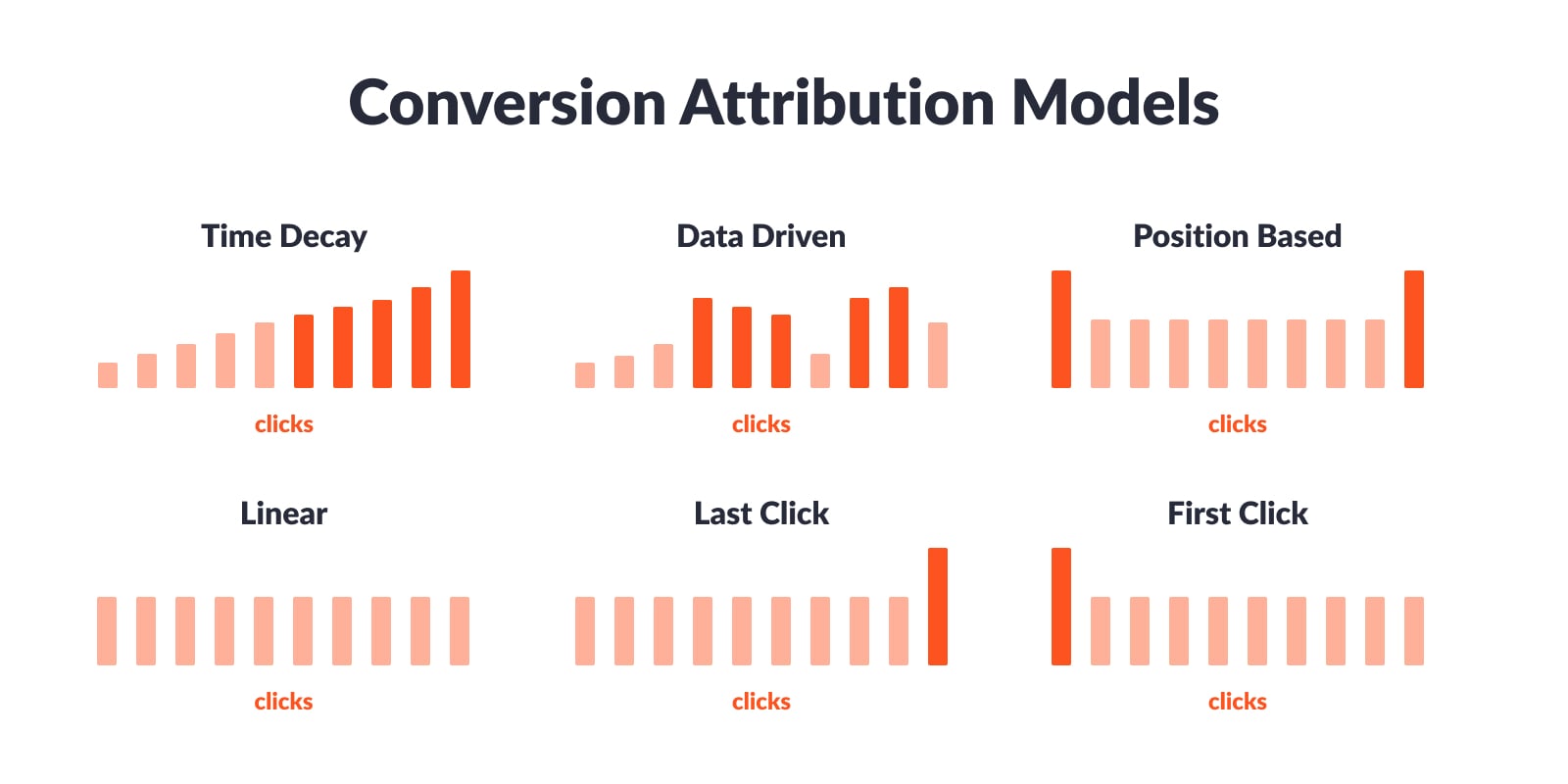
Your attribution platform combines identifiers such as UTM parameters, device IDs, and cookies to create a chronological map of the conversion path. Once the purchase, form fill, or app conversion fires, the platform automatically spreads the credit evenly. This equal credit distribution is baked into GA4’s standard “Linear” model and many ad‑tech dashboards, making deployment straightforward for most teams.
Because the linear attribution model considers every interaction, marketers gain a 360‑degree lens on how prospects weave through the sales funnel. You see synergy between SEO, paid media, SMS, and mobile attribution signals rather than isolated snapshots.
Equal credit distribution keeps budget conversations fair. Channels known for upper‑funnel awareness — like podcasts or influencer shout‑outs — no longer get sidelined just because they seldom score the “last click.” The result? Smarter resource allocation and healthier marketing ROI.
Clients, executives, and data‑averse teammates grasp the linear attribution model in minutes. There are no complicated decay curves or machine‑learning black boxes; every stakeholder can quickly interpret the numbers and pivot strategy.
When each touchpoint’s value is visible, teams spot patterns faster — such as which combination of SMS + retargeting banners drives stronger user engagement — and iterate campaigns confidently.
First‑touch attribution rewards the very first interaction, ignoring everything afterward — great for brand‑awareness studies but blind to mid‑funnel nurture. Linear attribution keeps those influencer impressions in the picture while still acknowledging later nudges.
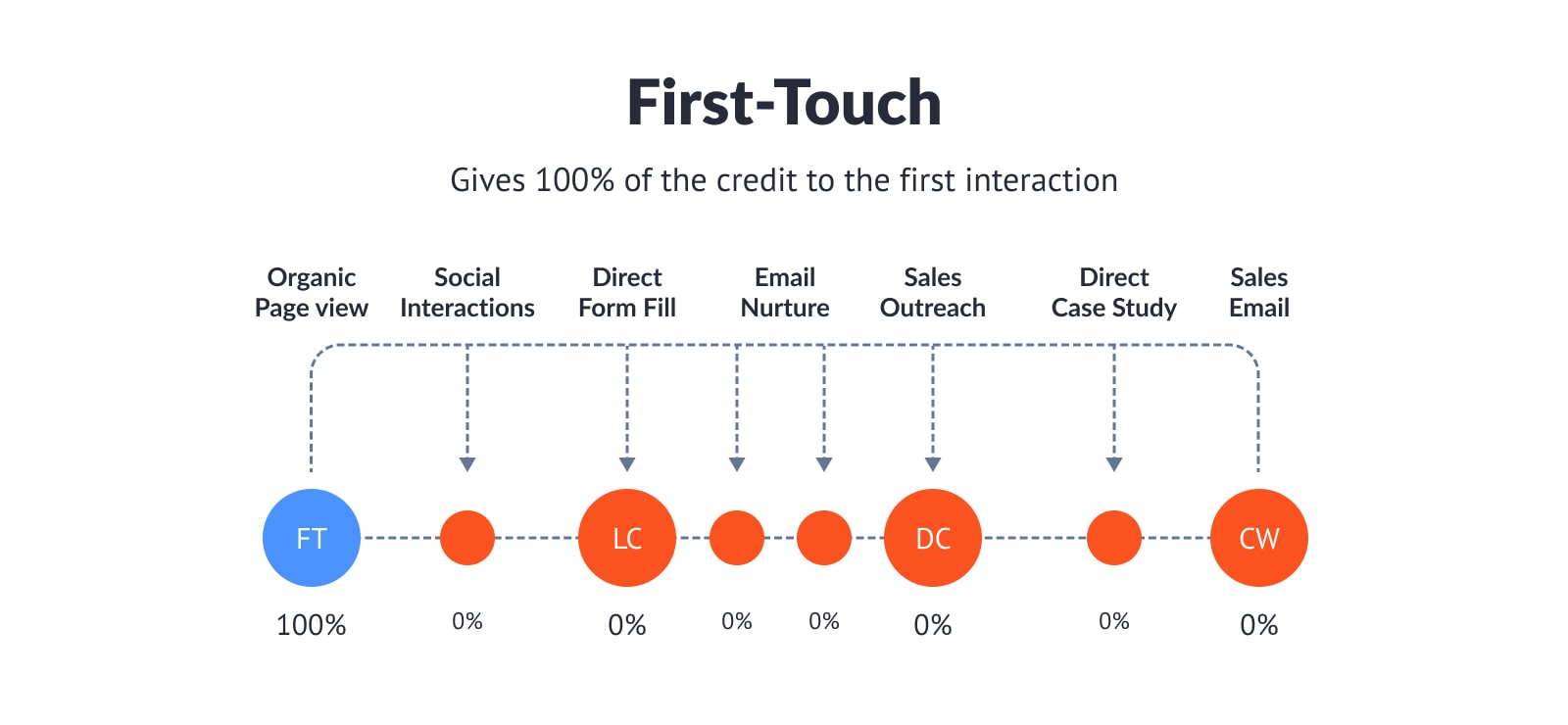
Last‑touch attribution fixates on the closing click. While handy for quick CRO (Conversion Rate Optimization) tests, it often overvalues lower‑funnel marketing channels like branded search. Linear attribution distributes conversion credit across the full path, illuminating earlier engagement drivers.
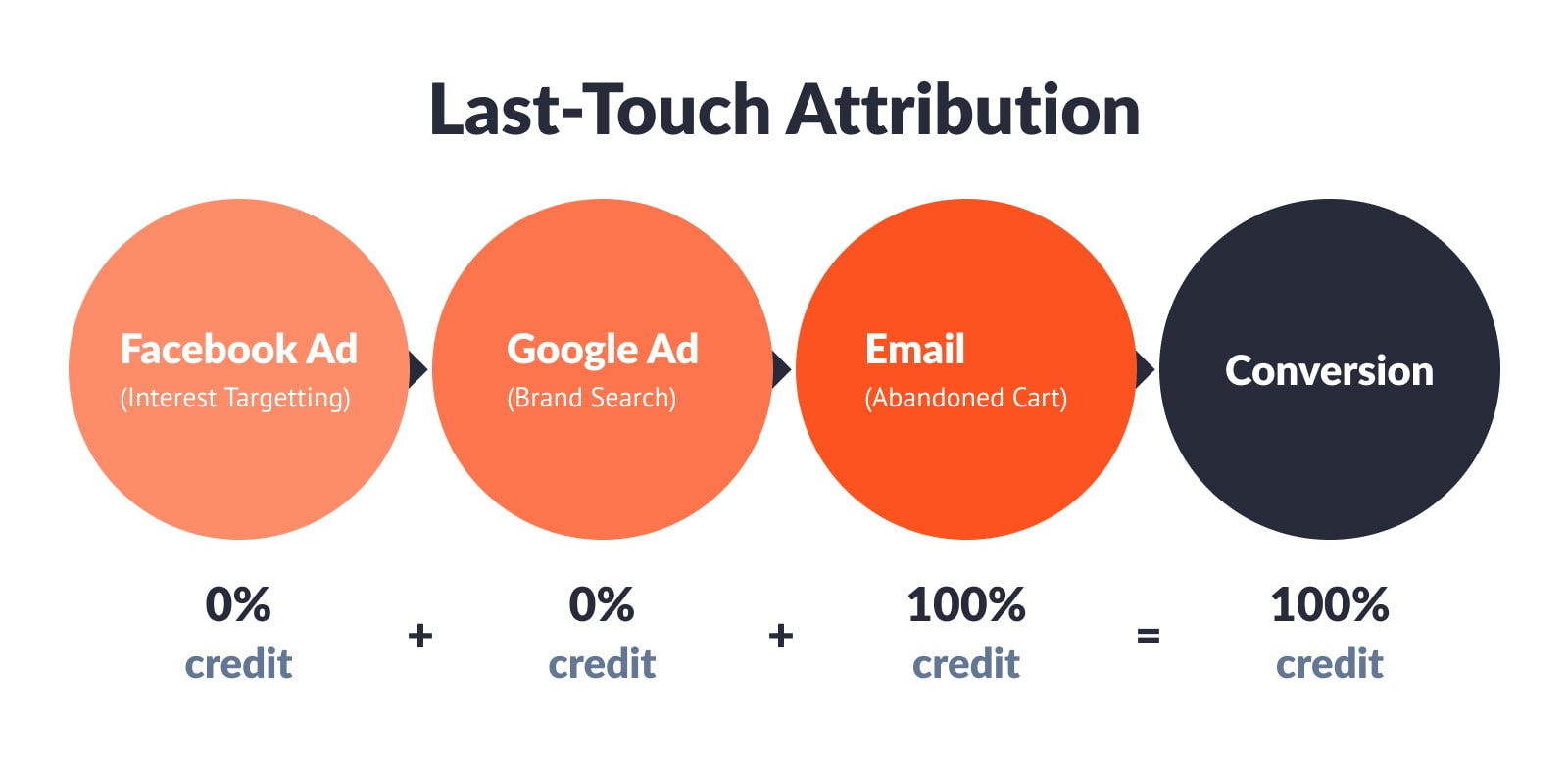
Time‑decay attribution gradually increases the weight of the closer a touchpoint is to conversion. Time decay may surface “closer to cash” tactics if your sales cycles are lengthy. But if you want a neutral stance first, the linear attribution model offers a no‑assumption baseline.
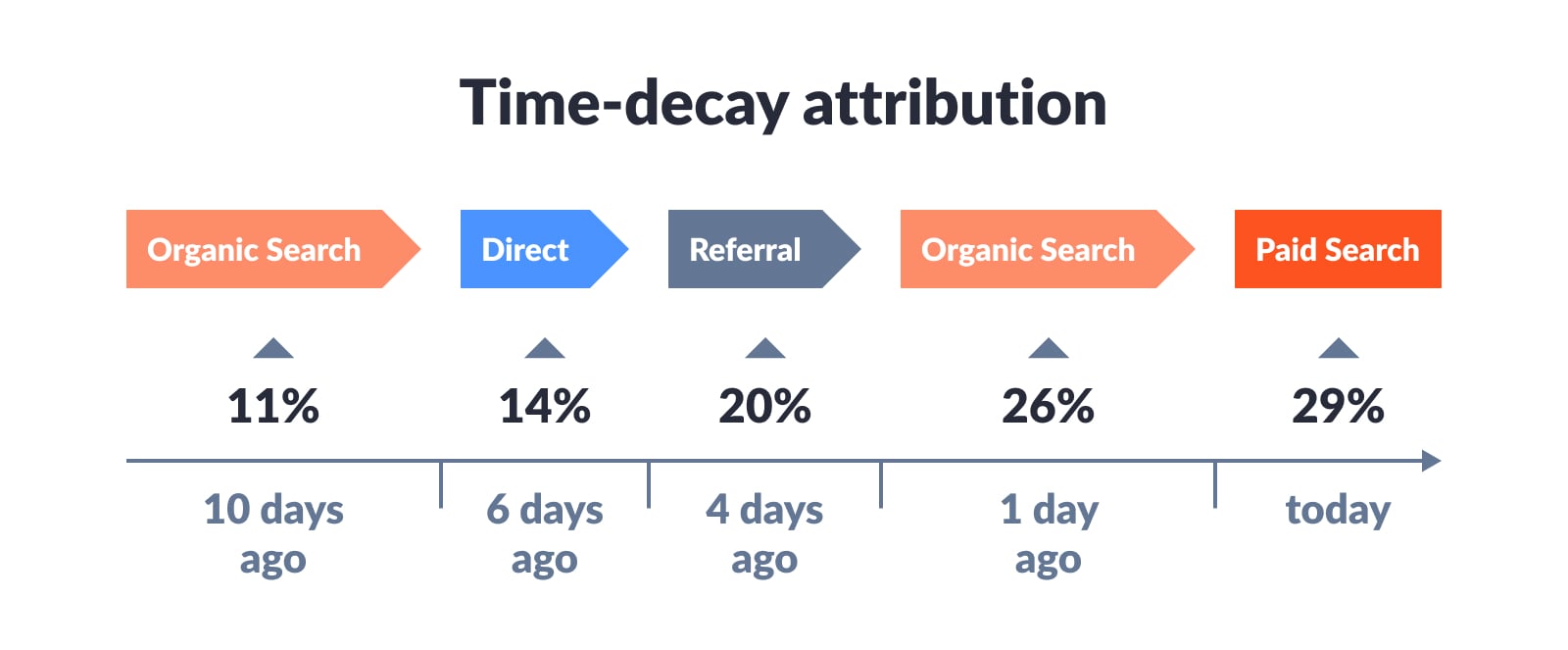
U‑ and W‑shaped models assign heavier weight to first and last (and sometimes middle) interactions, leaving smaller crumbs for the rest. Linear attribution avoids guesswork about which stage matters most — ideal when you lack historical evidence to justify weighted splits.

Data‑driven attribution uses machine learning to calculate probabilistic weights — powerful but opaque and often paywalled. Linear attribution shines when transparency and quick deployment trump algorithmic sophistication.
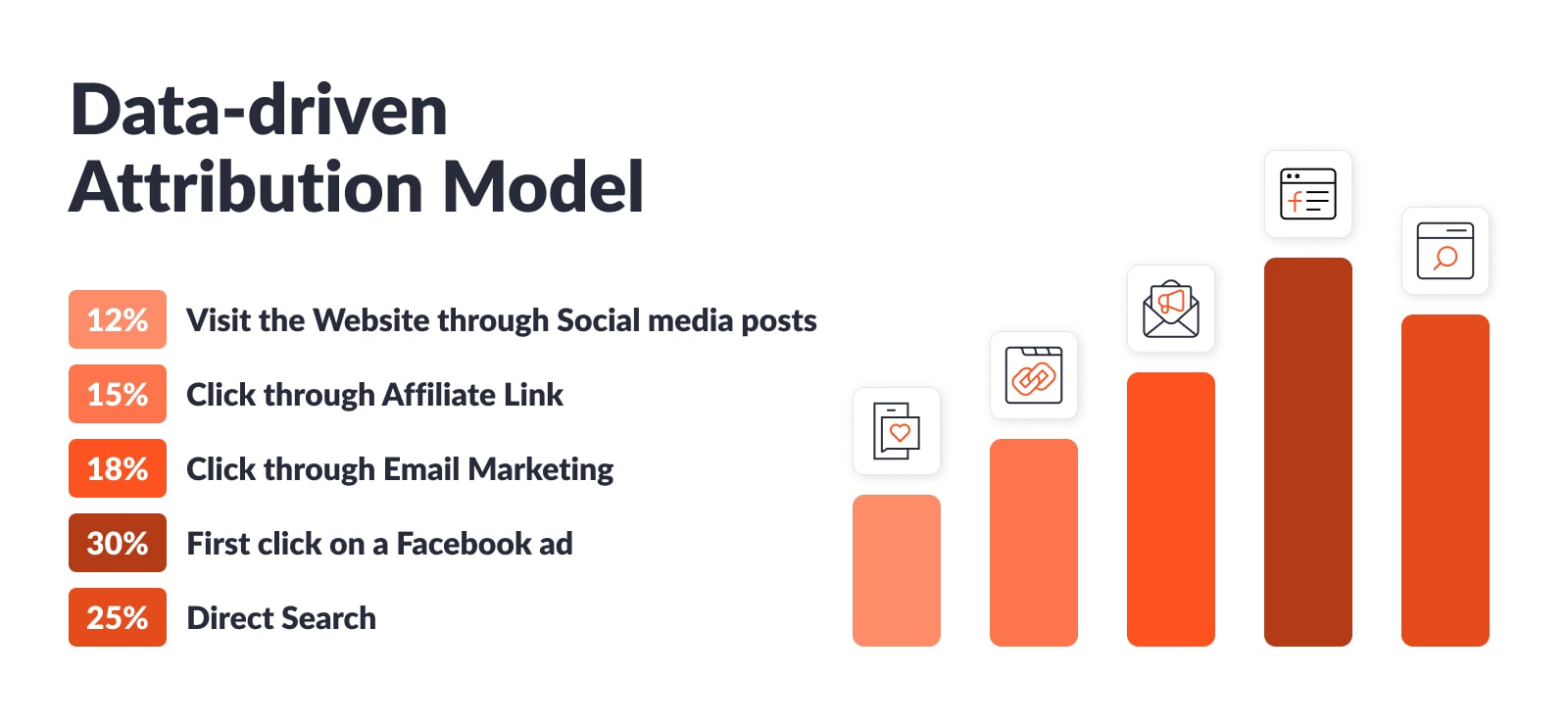
Before toggling the linear attribution setting, confirm conversion tracking tags fire correctly across web, app, and offline engagements. Incomplete tagging will fracture the model’s accuracy.
GA4 includes linear attribution out of the box. Head to Advertising → Attribution → Model Comparison, select “Linear,” and set the lookback window. From there, drill down into cross‑channel attribution reports.
If your business model includes mobile app purchases, integrate a mobile measurement platform. This step will bring together conversions across desktop, mobile website, and apps into a single picture.
Educate sales and finance teams that the linear attribution rule gives everyone a seat at the table. This shared mental model prevents channel turf wars and supports omnichannel campaign planning.
Treat the linear attribution model as a starting baseline. Periodically juxtapose it against time‑decay or data‑driven results to validate assumptions and fine‑tune marketing strategy.
Teams ask what working with a linear attribution model feels like. Imagine a launch week. The linear attribution in Google Analytics 4 logs Monday’s TikTok spark, Tuesday’s webinar signup, and Wednesday’s in‑app tooltip, giving each equal credit. On Thursday, it surfaces a nurturing SMS and a remarketing banner that last‑touch views miss. Friday’s review uses it to validate budgets. Saturday, ops exports the linear attribution model report to BigQuery for instant ROI. Media compares it against position‑based reports, confirming overlap.
Sunday’s retro reveals that the TikTok discovery would vanish without the linear attribution. Rolling forward, it guides bursts that boost engagement. Next month’s deck begins with the linear attribution model, aligning staff. During demos, it stands beside time‑decay charts, proving fairness. When analysts urge cuts, the linear attribution argues for balance. Even the CEO quotes it as the layer. Stakeholders note that it removes ego; repeating the linear attribution model discipline builds muscle memory and turns data into momentum. It democratizes insight.
Not every interaction exerts equal influence. AppsFlyer cautions that linear attribution can “oversimplify how customers interact with your brand”, masking superstar channels that punch above their weight.
When enterprise journeys span dozens of engagements, splitting conversion credit evenly may reduce signal‑to‑noise, as Matomo notes.
Social impressions or remarketing pings can quickly rack up touchpoints, skewing analytics unless you cap frequency or complement with weighting models.
Without airtight UTM governance and privacy‑compliant IDs, linear attribution can misattribute or drop touchpoints, especially in cookieless environments or regions with strict consent laws.
Choosing an attribution framework isn’t about finding a perfect model — it’s about selecting the right lens for today’s questions. The linear attribution model excels as that first, crystal‑clear lens: transparent, fair, and remarkably easy to set up in platforms like Google Analytics. It reveals how multi‑channel marketing orchestration — email sequences, paid social bursts, SMS drips, and organic content — collectively fuels conversions.
And because linear attribution refuses to play favorites, you get a panoramic pulse on every nudge that matters. Linear attribution turns raw clicks into actionable storytelling, making campaign tweaks feel intuitive rather than intimidating. Keep leaning on linear attribution while your data sophistication and ambitions grow.

